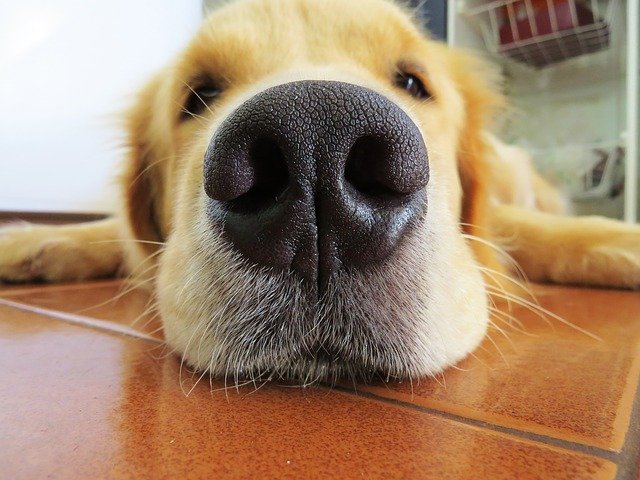
Never let your dog walk you. You must be the one leading the walk, and keep the dog well-behaved throughout. You will find out how to train your dog the right way from this article.
There are few effective ways to approach the matter of crate training your puppy or dog. If your puppy doesn’t like being in his crate, put a dog treat or chew bone in it and close the door to keep him out. Your dog will get excited at the prospect of the treat and soon be eager to enter the crate. Praise your dog once he gets into the crate.
While training your puppy or dog to use a crate, introduce him to new concepts slowly and gradually, so he is able to adjust to the changes without feeling stressed. Once your dog is accustomed to being in the crate, try closing the door and giving your pet a treat through the wire. Start off only putting them inside for 10 seconds, and when they seem okay with that, slowly increase the time they are inside. If the puppy becomes upset, you may be progressing too quickly.
Make sure the diet you are feeding your dog is healthy and nutritious. If your dog isn’t getting what he needs from his diet, he will have a hard time concentrating during training. This is not just bad for the dog’s health; it may also play a role in their negative behavior. Improving your dog’s diet will also improve its mental capacity.
Your dog needs to get plenty of exercise. When dogs have nothing to do, they can get bored. Dogs with no enthusiasm will be harder to train than active dogs. Dogs are more inclined to obey when they are regularly taken out for exercise and happily accepted as a member of your family. Take your dog on long walks or runs.
Never reinforce your dog’s bad behaviors. This means that you should never reward your dog, with treats or attention, for doing something you’re trying to train it out of. For example, don’t rub your dog’s head when they jump up at you and when you come in the door if you don’t want them to jump.
Give your dog more freedom as he or she gets further along in the training program. Maintaining a proper balance between obeying your commands and having some freedom will lead to a happier dog. Just be careful that you don’t give your dog too much freedom, as this can cause negative behavior.
Keep your tone of voice consistent when training dogs. They will know this tone of your voice and associate it with being in trouble. It will also help him distinguish between a disciplinary tone, which is sharper, and a commanding tone.
Having a regular feeding schedule makes house training much easier by putting their elimination needs on a schedule as well. This can train your dog to whine or come get you when he feels the urge, so you can let him out and prevent him from doing his business inside. A regular schedule will also give your dog a chance to learn how to exercise self-control, as he will know that a trip outside is eminent.
Begin the canine training process with a simple task. This ensures that success comes quickly and your dog learns to love training sessions. This will produce better results as you proceed with training.
Remember to enjoy the time spent with your dog during training. The two of you playing together will help build a strong bond, and that will encourage your dog to positively respond to the training. In addition to your daily training sessions, take time out for simple play. Make this uncomplicated and fun for your dog.
Make sure training periods are short in duration. Dogs’ attentions are very short. Maintaining short training sessions ensures that your dog can remain focused on the task at hand. If you want to train more you should always give yourself and dog a break.
You need to teach your dog to stop when you give them their command. When puppy training, you’ll have to find a way to give positive reinforcement. It takes more than a single syllable to elicit the desired response from your dog. Every dog and every situation is different. This means that their training must be tailored accordingly.
In order for your training to be effective, you have to understand that you’ll need to be firm. However, that doesn’t mean yelling at your dog. Be loving while maintaining your authority. This way, you can have a great relationship with the dog.
Watch the tone you use when you discipline your dog. Dogs are more receptive to the tones their masters use than you might realize. An appropriately stern tone can reinforce discipline.
Leash training starts with putting a collar on your puppy while you play. Ensuring your puppy is comfortable wearing his or her collar is important for a couple of reasons. First, this helps you use the leash properly. Second, it ensures that your puppy can be identified in case the leash gets taken off.
Grooming is very important. Be sure to research any special grooming and hygiene requirements associated with the breed of your dog. Certain breeds do not need much grooming, whereas others requires detailed, regular grooming. When the dog is well groomed, it is happy and healthy.
When you’re not educated on puppy training, you might feel overwhelmed with your dog. Now that you are armed with the advice you need, you can get started on training your pooch to be a happy and healthy member of the family.